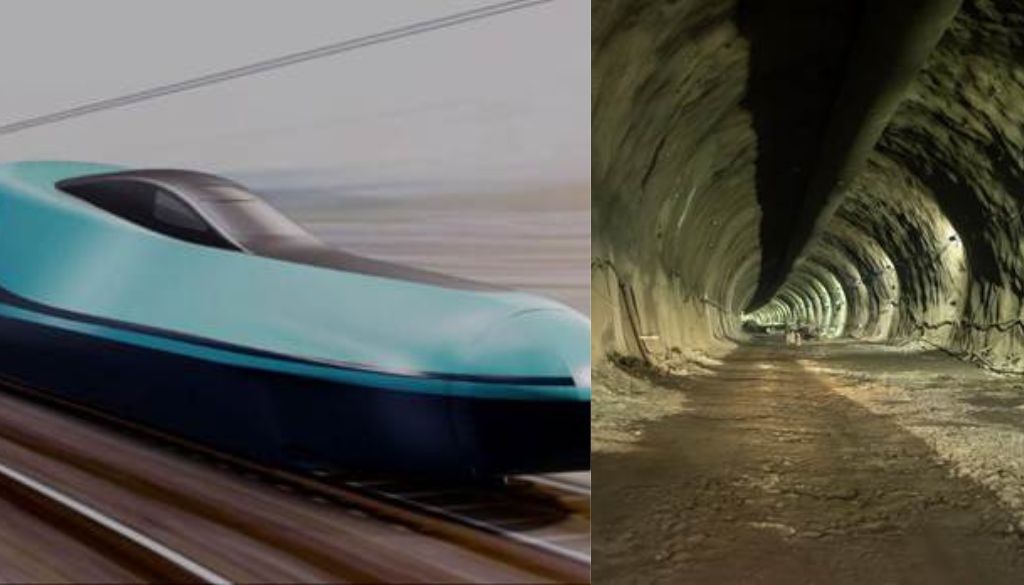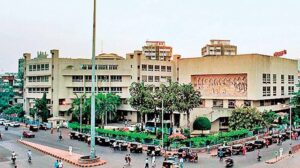India’s First Bullet Train Undersea Tunnel Section Completed; E10 Shinkansen to Debut on Mumbai–Ahmedabad Route

Mumbai, 14 July 2025: The Mumbai–Ahmedabad Bullet Train project has reached a significant milestone with the completion of the first section of the 21-km undersea tunnel between Ghansoli and Shilphata in Maharashtra. This tunnel is part of the high-speed corridor connecting Mumbai’s Bandra-Kurla Complex (BKC) to Thane.
In a parallel development, the next-generation E10 Shinkansen trains will power the Mumbai–Ahmedabad route. These trains will be introduced simultaneously in India and Japan, marking a key moment in the Indo-Japan strategic and technological partnership.
The 508-km high-speed rail corridor is being built entirely with Japanese Shinkansen technology. It is designed to set new benchmarks in speed, safety, and reliability for rail travel in India.
According to project officials, civil works across the alignment are progressing rapidly. So far, 310 km of viaduct has been constructed. Fifteen river bridges have been completed, with four more nearing completion. Of the 12 proposed stations, five are finished and three are close to completion. The BKC station, an underground facility located 32.5 meters below ground, features a foundation capable of supporting a 95-meter high building above it.
Track laying, overhead electric line installations, station works, and bridge constructions are ongoing. Procurement of operational and control systems is also advancing.
The Mumbai–Ahmedabad High-Speed Rail (MAHSR) project is seen as a model for future high-speed corridors in India, with additional routes currently under active consideration.
The bullet train corridor aims to transform intercity travel in India and reflects a deep level of infrastructure collaboration between India and Japan.





